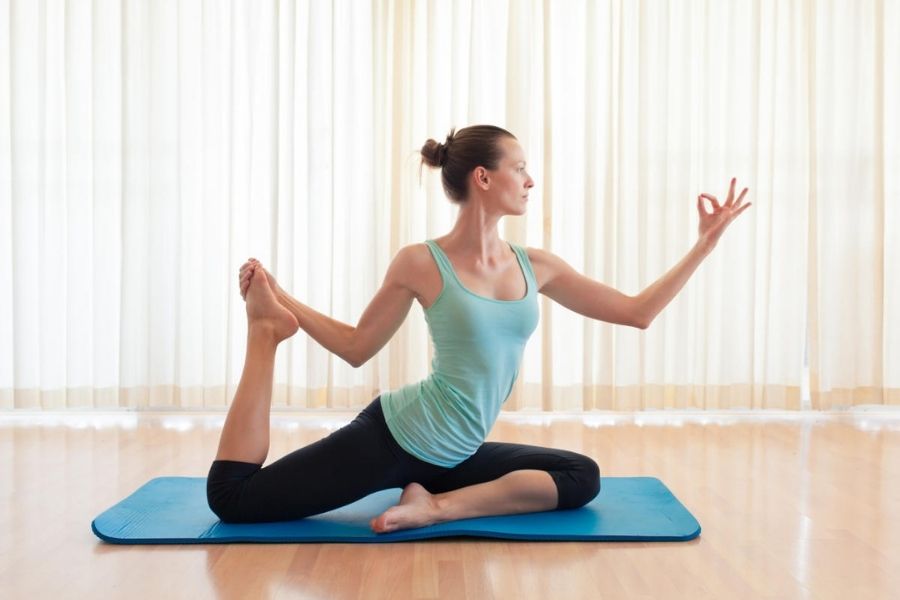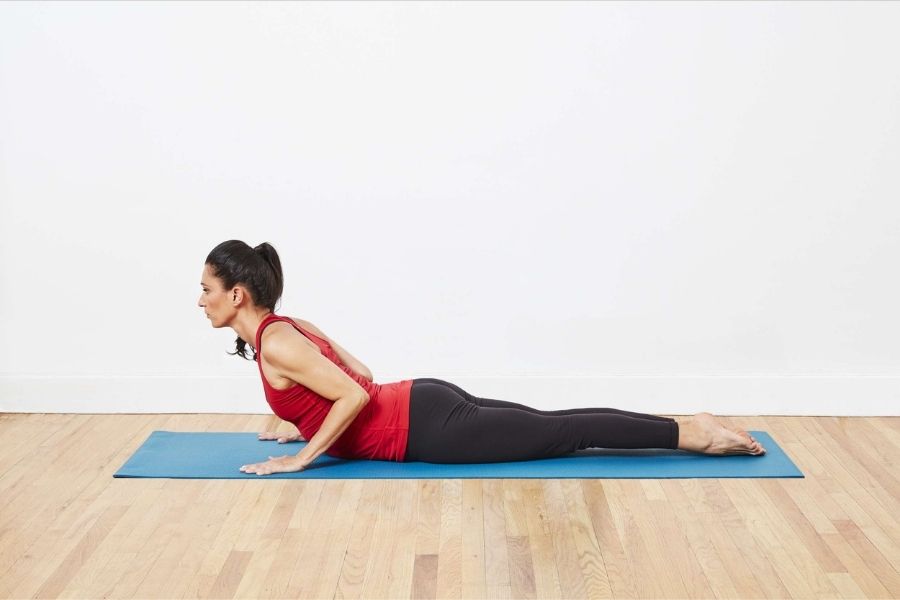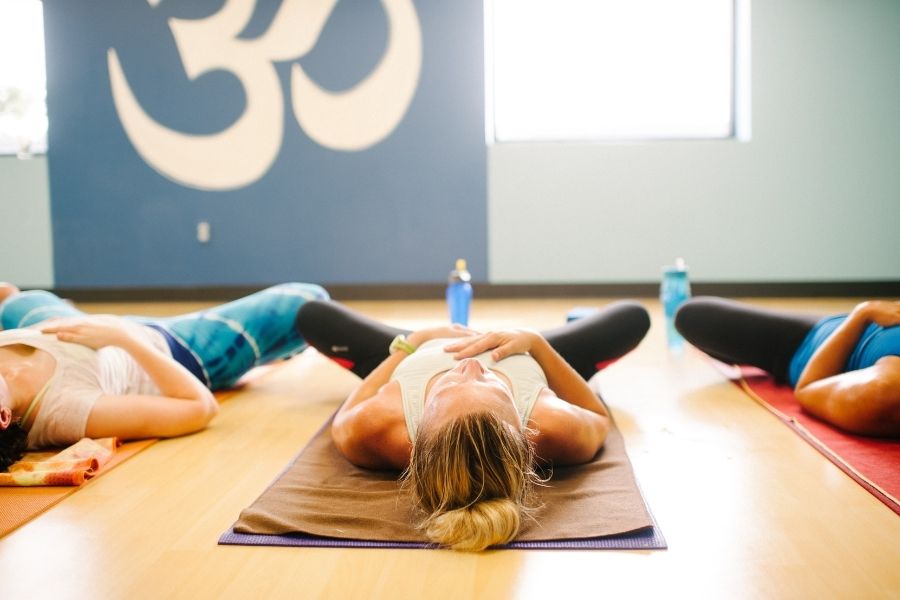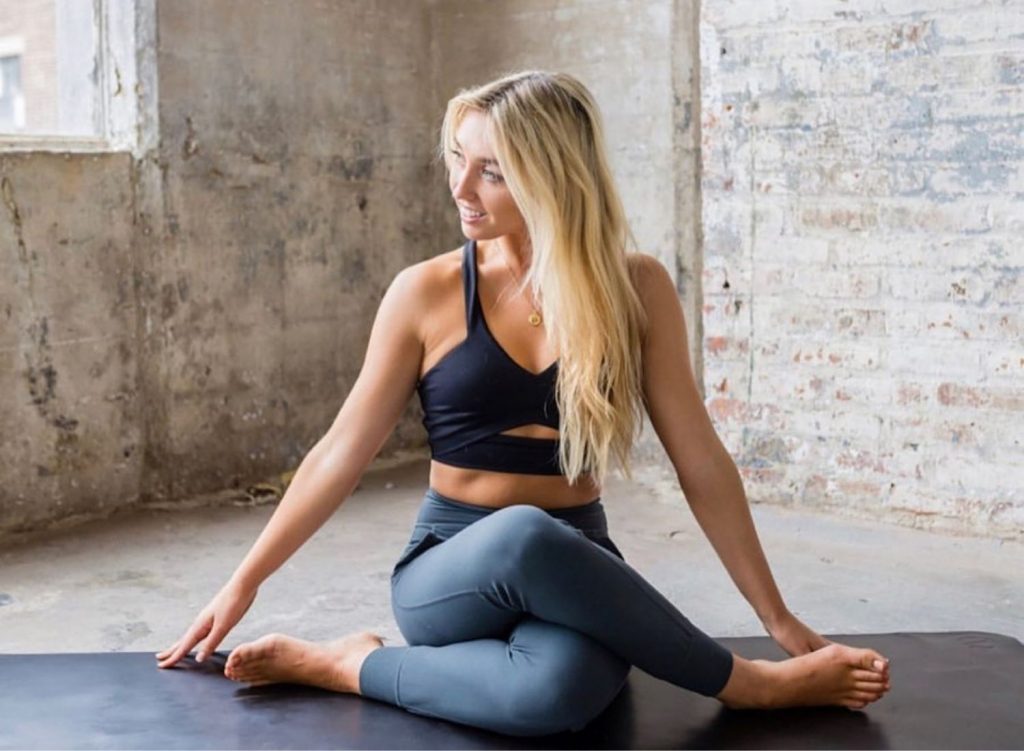Power yoga is a form of energetic Vinyasa-style yoga developed as an exercise in America in the 1990s. It includes forms derived from Ashtanga Vinyasa Yoga. Beryl Bender Birch, Bryan Kest, Larry Schultz introduced it to the western world. Bryan Kest studied Ashtanga Vinyasa Yoga from his Guru Sri K. Pattabhi Jois. They were Jois’ first western students. Different teachers modified power yoga according to their styles and various forms derived from Bikram Yoga. Baron Baptiste, a Bikram enthusiast, separately put his spins on power yoga style, branding it “Baptiste Power Vinyasa.”
Sri K. Pattabhi Jois wrote a letter to Yoga Journal expressing his disappointment at the association between his Ashtanga yoga and the newly coined style “Power Yoga,” referring to it as “ignorant bodybuilding.” Despite this, no action was taken, and this flow of so-called yoga came to India and many other countries as “Power Yoga.” This practice is usually followed in the gyms, where they feel this is a fast sequence practice that will cope with their gym workout. Now let us have a look at Ashtanga yoga and the vinyasa flow of yoga.
What Is Ashtanga Yoga?

Ashtanga yoga is physical exercise and comprises eight limbs – Yama, Niyama, Asana, Pranayama, Pratyahara, Dharana, Dhyana, and Samadhi. Ashtanga yoga is not only physical exercise but also works on the level of the mind. It includes breathing exercises, which helps calm down the mind. After asana, we suggest relaxation followed by pranayama to complete the sequence.
What Is Vinyasa Flow Yoga?

The Vinyasa flow of yoga is similar to the yogic posture in Ashtanga asana. In this sequence, breathing is involved while doing the asana, and there is a flow of asana. A set of 10 to 15 asanas is done in one flow and reversing the flow in which breathing is involved. A person feels tired when the sequence is completed as breathing is engaged during the sequence of asanas.
Breathing In Power Yoga

Breathing is involved in both sequences. The difference is, in Ashtanga yoga, i.e., the traditional style of yoga, normal breathing happens during the asana as it talks about “Sthira Sukham Asanam.” You have to be stable and comfortable in the posture. Breathing is normal or subtler as there is no extra pressure on the physical or mental levels. In this sequence, breathing is mentioned only while going into the asana and returning from the asana. Still, holding the asana breath is normal, as the posture is holding and not moving fast.
In power yoga, holding the posture is less applied. The fast movement of postures from one posture to the other is seen, which is tiring, and simultaneously, breathing becomes very fast to cope with the body’s oxygen level.
The gym includes this as a sequence for one-day exercise, naming it power yoga. It is similar to their gym workout where breathing is involved; breathing is very rapid, not suggested in our traditional yoga session. No one can say whether it is wrong or the right practice as the asana is in the same form.
The difference is breathing, which is very subtle in traditional yoga and very rapid in power yoga. Power yoga can promote weight loss, but weight loss isn’t seen in traditional yoga as energy is not consumed in traditional yoga. Still, muscles’ flexibility is seen in yoga, leading to inch loss and toning the muscles. It results in gaining muscle strength, making the person strong physically and mentally. Also, traditional yoga has a calming effect, which is not seen in power yoga.
Benefits Of Power Yoga

- Helps in increasing the stamina of the body
- Improves flexibility of the body
- Strengthens your body
- Helps in relieving stress from the body
- Improves your body posture and mental focus
Who Should Avoid Power Yoga?

Power yoga is an intense, vigorous, fitness-based approach to physical yoga. Therefore, these people should avoid doing this yoga.
- Pregnant women
- People have diabetes, arthritis, etc.







